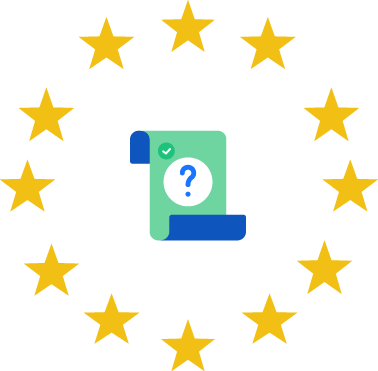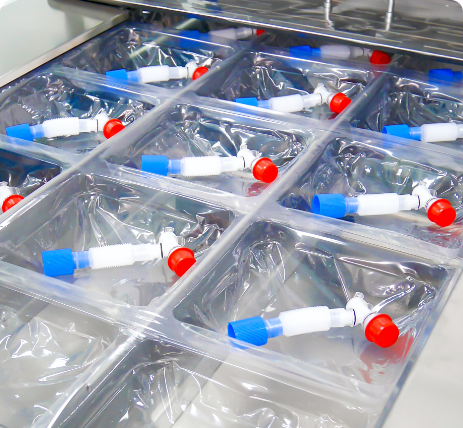FAQs
MDR / EUDAMED Device Registration
What is EUDAMED?
The European Database on Medical Devices (Eudamed) is a database that serves to centrally store medical device information to inform the public about devices placed in the EU market, certificates that were issued by notified bodies, monitor the safety and performance of medical devices and facilitate efficient post-market surveillance.
EUDAMED is a great tool to improve quality, transparency and regulatory operations for medical devices manufacturers, notified bodies, competent authorities and the public as a whole.
What are the different modules of the EUDAMED database?
- Actor Registration
- Device Registration
- Notified Bodies & Certificates
- Clinical Investigations & Performance Studies
- Vigilance
- Market surveillance
What are the goals of the EUDAMED database?
The most important ones are the following:
- Enable the public to be informed about the medical devices currently on the market, including their manufactures and certificates.
- Facilitate the unique identification of devices for post-market surveillance and traceability.
- Ensure the public is informed about clinical investigations and performance studies.
- Provide competent authorities of member states with reliable data for market surveillance.
What are the general key dates?
- 26th May 2021: Date of application of the EU MDR. After four years of transition followed by a global pandemic in 2020, we reached a regulatory milestone on May 26, 2021 for Medical Device manufacturers in the European Union – with Medical Device Regulation 2017/745 finally taking effect.
- End of September 2021 – Device Registration Module expected to be available for voluntary use.
- 26th May 2022: Expected date for a fully functional EUDAMED to go live.
- 26th May 2024: Certificates issued under MDD/AIMDD become void if they have not expired already. This is the last date for placing medical devices on the market unless they meet MDR requirements.
- 26th May 2025: the last date for end-users (hospitals, for instance) to put products under the Directives (MDD/AIMDD) into service.

What do manufacturers need to consider for registering devices in EUDAMED?
What do manufacturers need to consider for registering devices in EUDAMED?

Did You Know?
26 May 2021 marks the start of transition arrangements from the former Medical Device Directive (MDD) to new Medical Device Regulation (MDR) until 26 May 2024.
What’s the European Medical Device Nomenclature (EMDN)?
What is the Basic UDI-DI?
- Manufacturer’s GS1 Company Prefix;
- The device model reference or internal number
- Check digits
Which documents contain the Basic UDI-DI references?
- EU Declaration of Conformity
- Technical Documentation Assessment Certificates
- Type-Examination Certificates
- Product Verification Certificates
- SS(C)P – Summary of Safety and (Clinical) Performance
What remaining work needs to be done specifically on EUDAMED?
The EU MDR Date of Application on May 26th, 2021 marks an important milestone to continue regulatory momentum and to focus on upcoming dates specifically for EUDAMED. The next version of the Device Registration Playground is due to be available at the end of July 2021 before it goes into production at the end of September. The scope for the remaining modules (i.e. Clinical Investigation, Vigilance and Market Surveillance) still needs to be finalized while they’re still targeted to be available on May 26th, 2022.
How can Innovit help?
- Gain full visibility into EUDAMED data requirements
- Gather and validate your BUDI and UDI data
- Data quality review & approval processes systemized
- Train and test your staff in Innovit’s EUDAMED playground environment
- Go-live and share your data to EUDAMED from September 2021.
